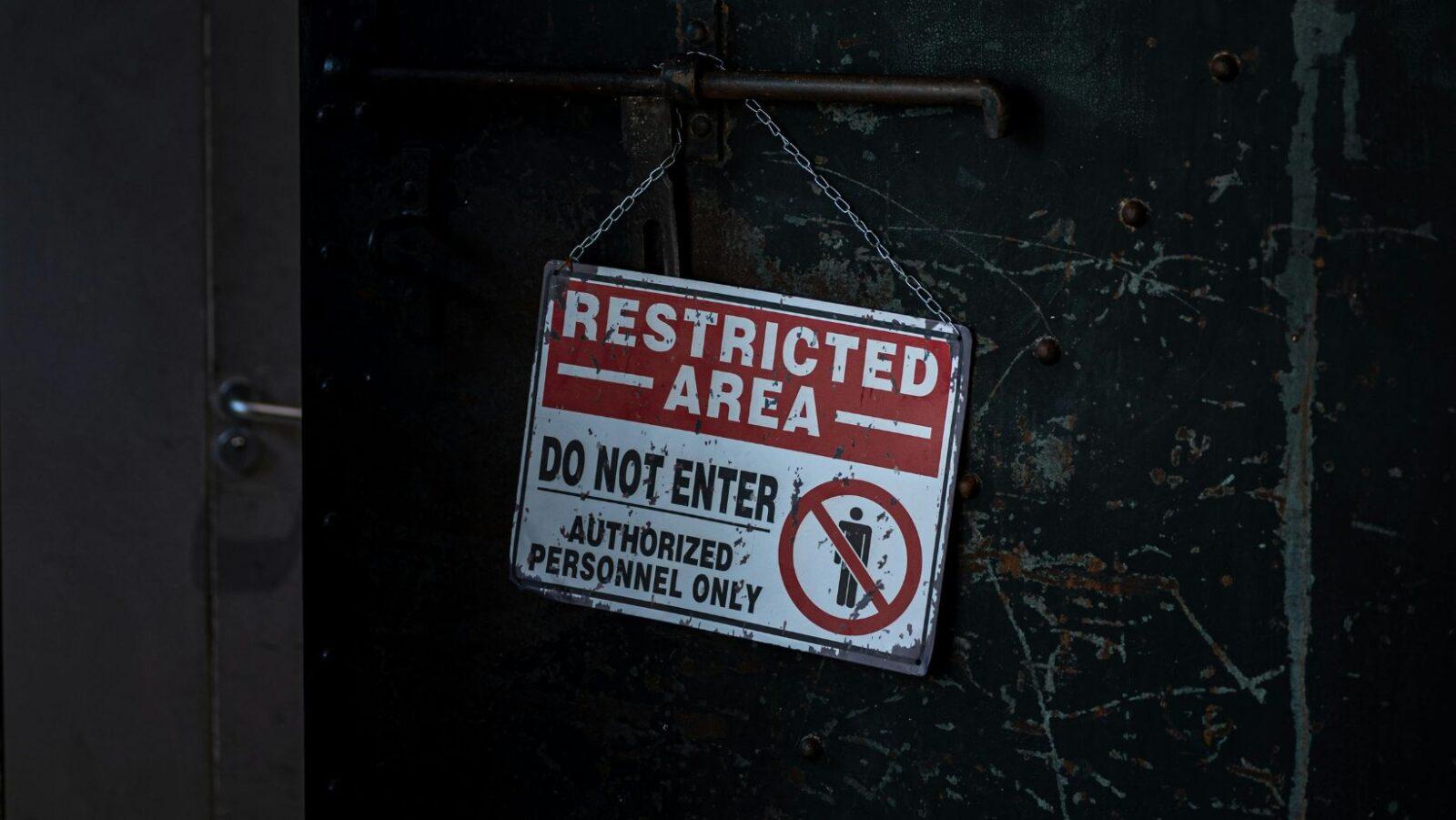
This article is the first in a three-part series on trans fats.
I love coffee. (Given how Filipinos consumed approximately 3.4 million 60-kg bags of coffee last year, this is hardly a controversial statement.) I drink about three to four cups of the stuff on a daily basis; a nice, steaming cup often means the difference between a blank page and a finished article. I usually take my coffee black (unquestionably the best way, fight me). But on days when I feel like rewarding myself for completing a particularly difficult task, I make a cup of “brown” 3-in-1 coffee, paired with whatever new, tasty-looking, made-to-order fried snack or home-baked dessert my Facebook friends happen to be raving about at the moment.
As it turns out, this occasional reward is killing me little by little—and it’s all because of trans fats, a health issue discussed and understood by few, but strongly connected to the deaths of so many.
But what are trans fats? Why are they so awful? And more importantly, how can we avoid them?
Are all fats bad?
When talking about the problem of trans fats, the first thing to understand is this: Despite their strongly negative connotation in everyday conversation, fats in general are not the enemy. In fact, our bodies need them (in moderation) to be able to function properly.

However, not all fats are the same. Fats can be categorized as saturated (the type that mostly comes from beef, pork, chicken, and dairy products) and unsaturated (the type that we consider as good for the body, found in nuts, seeds, fish, and certain types of commercially available oils).
Saturated vs. unsaturated: What’s the difference?
According to analytical chemist Gracile Roxas, the terms “saturated” and “unsaturated” refer to the structural characteristics of fat molecules—specifically, their fatty chain acids (the building blocks of fat in the body). “You could imagine fatty acids as a chain of carbon atoms singly or doubly bonded to another, with hydrogen atoms attached to available carbon atoms,” explained Roxas.
Each carbon atom has four unpaired electrons. Because of the octet rule, or the tendency of main group elements (like carbon) to bond in a way that leaves each atom with eight electrons in its valence shell, carbon atoms can form four bonds apiece.
In a saturated fatty acid chain (such as palmitic acid in the illustration below), each carbon atom that isn’t the end of the chain (represented by the corners of the zigzag line) is bound to two other carbon atoms, leaving room to bond with two hydrogen atoms (not shown). Saturated chains only have carbon atoms in a single bond. However, in an unsaturated fatty acid chain, each carbon in a double bond (signified by the red arrows) is only free to bond with one hydrogen atom instead of two. A monounsaturated fatty acid has only one double bond, while a polyunsaturated fatty acid has two or more.

That’s why we call fatty acid chains with only single-bonded carbon atoms “saturated”: they hold more hydrogen atoms than unsaturated chains. Saturated fats are solid at room temperature, and have a longer shelf life than unsaturated fats, which turn to liquid at room temperature and are more reactive to oxidants (and thus turn rancid faster).
So, what are trans fats, exactly?
Unsaturated fatty acids may have either a cis or trans configuration. Simply put, these refer to the arrangement of hydrogen atoms on the carbon-carbon double bond.
“In the cis configuration, as in many naturally-ocurring unsaturated fats, the hydrogen atoms are on the same side of the double bond,” said Roxas. “In contrast, the hydrogen atoms are on different sides in trans fats.”

Now, there are two kinds of trans fats. Natural trans fats come from bacteria in the stomachs of cattle, sheep, and goats. This type of trans fats is generally safe in moderate amounts.
On the other hand, artificial trans fats (which are what we usually mean when we say “trans fats”) are created on purpose. Through a process called hydrogenation, unsaturated fatty acid chains are “saturated” with hydrogen to make the liquid oils turn and stay solid.
“I think processes like hydrogenation are originally intended for improving the shelf life of certain oils and altering their properties to suit particular needs (e.g. cooking, baking, etc),” Roxas elaborated.

Foods with trans fats, such as many deep-fried dishes and pastries, do not spoil easily. Furthermore, they taste better, and have a more appetizing texture. This comes at a huge cost, though.
Since our bodies aren’t designed to handle trans fats, they are actually tougher to metabolize than saturated fat. As a result, these trans fats accumulate in the body as time passes.
Unfortunately, that’s where the very real trouble begins. And to my horror, I discovered that trans fat was, indeed, hiding in my 3-in-1 coffee’s creamer – a delicious but deceptively labeled disaster. (continued)
Note: This story was produced under the “(Un)Covering Trans Fats Media Training and Fellowship Program” by Probe Media Foundation Inc. (PMFI) and ImagineLaw (IL). The views and opinions expressed in this piece are not necessarily those of PMFI and IL.
References
- https://2012books.lardbucket.org/books/introduction-to-chemistry-general-organic-and-biological/s20-01-fatty-acids.html
- https://pia.gov.ph/news/articles/1049163
- https://www.bworldonline.com/these-fats-keep-processed-foods-fresh-longer-but-they-shorten-peoples-lives/
- https://www.empoweryourhealth.org/magazine/vol3_issue1/How-to-Read-a-Food-Label-Focus-on-trans-fat
- https://www.ewg.org/research/hidden-plain-sight
- https://www.flipscience.ph/health/life-cycle-donut/
- https://www.flipscience.ph/health/stay-healthy-how-to-keep-trans-fats-out-of-your-diet/
- https://www.health.harvard.edu/family-health-guide/trans-fat-labeling
- https://www.icp.org.ph/2017/07/coconut-oil-bringing-history-common-sense-science-together/
- https://www.manilatimes.net/2014/07/20/health-news/the-ugly-truth-about-trans-fatty-acids/112833/
- https://www.statista.com/statistics/314989/philippines-total-coffee-consumption
- SciShow. (2015, December 22.) The Deal With Fat. Retrieved from https://www.youtube.com/watch?v=mvvx2yQRbzQ
Author: Mikael Angelo Francisco
Bitten by the science writing bug, Mikael has years of writing and editorial experience under his belt. As the editor-in-chief of FlipScience, Mikael has sworn to help make science more fun and interesting for geeky readers and casual audiences alike.









